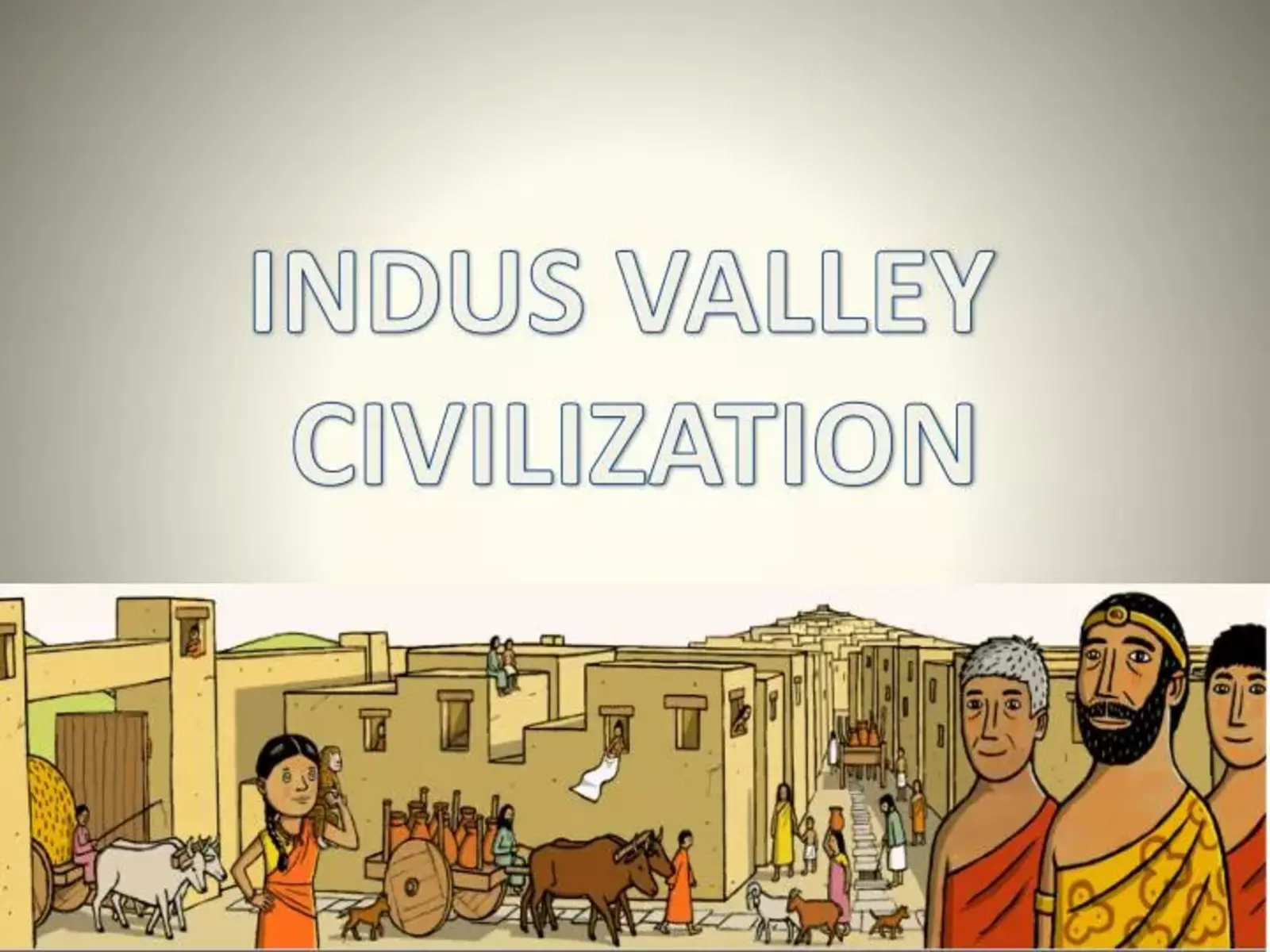Salient aspects of Art, Architecture, literature from Ancient to Modern Times
In News:New study suggests existence of a dockyard at Lothal, Gujarat, during Harappan Civilisation: What are the findings?
What are the urban features present in the Indus Valley Civilisation?
The Indus Valley Civilization, also known as the Harappan Civilization, was one of the earliest and most sophisticated urban societies in the world.
Urban features present in the Indus Valley Civilisation:
1.Town Planning:
- Grid System: The cities were meticulously planned with a grid system of streets, ensuring efficient movement and access to essential facilities.
- Citadels and Lower Towns: The cities were often divided into two sections: a citadel, believed to be occupied by the ruling class, and a lower town inhabited by the common people.
- Granaries and Warehouses: The presence of large granaries and warehouses indicates a sophisticated system of food storage and distribution. Example: Great Granary in Mohen-jo Daro.
2. Infrastructure:
- Drainage Systems: The Harappan cities had advanced drainage systems, including underground pipes and sewers, to keep the streets clean and prevent diseases.
- Water Supply: The civilization developed techniques for providing clean drinking water to its inhabitants, such as constructing wells and reservoirs.Example: Reservoir in Dholavira.
- Residential structures: The residential structures were primarily made of brick and had an open terrace surrounded by rooms.
- Public Buildings: The cities boasted public buildings, including The Town Hall and the Great Bath in Mohenjo Daro,granaries, assembly halls, and possibly religious structures, which served as community centres.
3. Economic Activities:
- Agriculture: The Harappan people were skilled farmers, cultivating crops like wheat, barley, cotton, and sesame.
- Trade: They engaged in long-distance trade with other civilizations, exchanging goods like pottery, beads, and metals.
- Craftsmanship: The Harappan culture was known for its skilled artisans, who produced intricate pottery, jewellery, and seals. Example : Pashupati seal.
4. Social Organization:
- Social Stratification: While the exact social structure is debated, evidence suggests a hierarchical society with a ruling class, priests, merchants, artisans, and labourers.
- Urban Planning: The planned layout of the cities, including the division into citadels and lower towns, suggests a complex social organisation.
5. Cultural Achievements:
- Writing System: The Harappan people developed a unique writing system, although it remains undeciphered.
- Art and Architecture: The civilization produced exquisite pottery, sculptures, and seals, showcasing their artistic skills. Example: Bronze dancing girl statue from Mohenjo Daro
- Religious Beliefs: The presence of religious structures and symbols such as the mother goddess terracotta sculpture, Pashupati seal suggests a well-developed religious system.
By combining these characteristics, the Harappan Culture is shown to be one of the world’s oldest and most developed urban cultures, exhibiting a highly developed urban civilization.
Pashupati seal
Grid pattern
Mother Goddess
The Great Bath
The priest
| PYQ : To what extent has the urban planning and culture of the Indus Valley Civilization provided inputs to the present day urbanisation? Discuss. 2014What are the main features of Vedic society and religion? Do you think some of the features are still prevailing in Indian society? 2023 |
Source:https://indianexpress.com/article/explained/explained-sci-tech/dockyard-lothal-gujarat-9548119/

